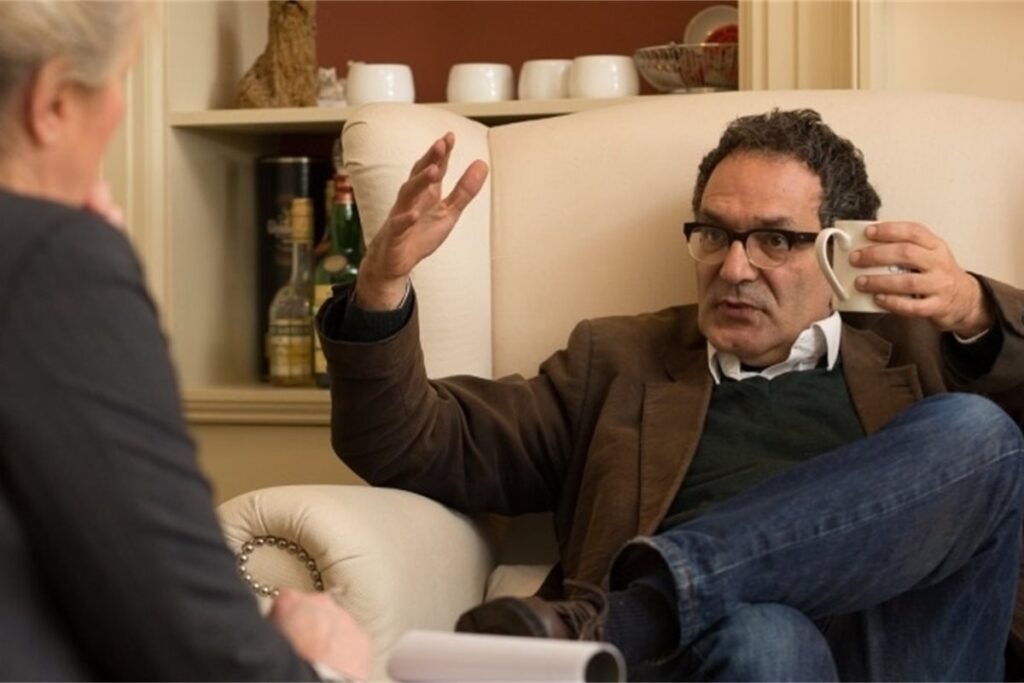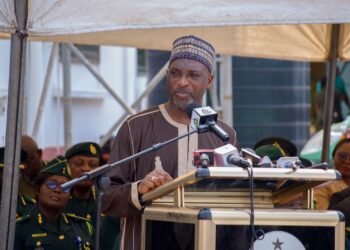Prime Minister Keir Starmer and Chancellor Rachel Reeves appeared in public together on Thursday, a day after Reeves was visibly emotional during a tense session in Parliament. The pair’s joint appearance at the launch of a 10-year plan for the NHS in London was seen as a public show of solidarity, following pointed questions about Reeves’ reaction during Prime Minister’s Questions (PMQs).
During the Commons session on Wednesday, Reeves appeared close to tears while seated beside the Prime Minister. The moment sparked widespread attention and speculation about divisions within the top ranks of government, especially amid growing scrutiny over economic policy and leadership strategy.
However, Starmer offered his full support to Reeves and explained why he did not respond visibly to her emotional state in the chamber.
“I didn’t appreciate what was happening because, as you will probably appreciate, PMQs is pretty wired. It goes from question to question, and I am literally up, down, question, looking at who is asking me a question, thinking about my response, and getting up and answering it.
“It wasn’t just yesterday. No prime minister has ever had side conversations in PMQs. It does happen in other debates when there is a bit more time, but in PMQs it is bang, bang, bang, bang. That is what it was yesterday, and therefore, I was probably the last to appreciate anything else going on in the chamber.”
Prime Minister Keir Starmer
The Chancellor had come under renewed scrutiny over the government’s economic direction and her previous pledges not to repeat the £40 billion tax package introduced in October. While Reeves has maintained that further tax rises are not currently planned, Starmer was more cautious when asked to echo that commitment.
“No prime minister or chancellor is going to write a budget in advance, but we did really tough stuff in that budget last year. We made sure that we stabilised the economy and we took the big and heavy decisions early on.
“We’ve done a lot of the heavy lifting, we’ve done a lot of the hard yards. As a result of that, turning our economy around: the fastest growth in the G7 in the first quarter of this year, business confidence at a nine-year high, and record investment.”
Prime Minister Keir Starmer
But tensions remain within the Labour ranks. Lord Maurice Glasman, founder of Blue Labour and a prominent party thinker, warned that Starmer may only have six months to prove whether he possesses a compelling strategic direction for the country.

Internal Doubts Over Starmer’s Direction
Glasman, speaking in an interview, questioned whether the Prime Minister had developed a clear long-term plan for governance. “This is the whole issue. We’ll find out in the next six months if that is the case,” he said.
Calling for a “big structural change in government,” Glasman also urged Starmer to consider reshuffling his Cabinet. “Yeah, there’s lots of talent in the PLP, actually. I think there’s got to be a fundamental reset, but that can only follow from a strategic outlining of what’s been done,” he argued.
He added pointedly that “It cannot be the case that a government is stymied from governing constantly by a backbench rebellion.”
The calls for Cabinet reform come amid concerns that internal divisions and unclear messaging could undermine the government’s ability to deliver on its promises. While Starmer continues to cite economic indicators as proof of progress, critics insist a sharper vision and renewed focus are urgently required.
As the government rolls out its long-term vision for the NHS and defends its fiscal legacy, the coming months may prove pivotal, not only for the Chancellor’s standing but for Starmer’s leadership itself.



















